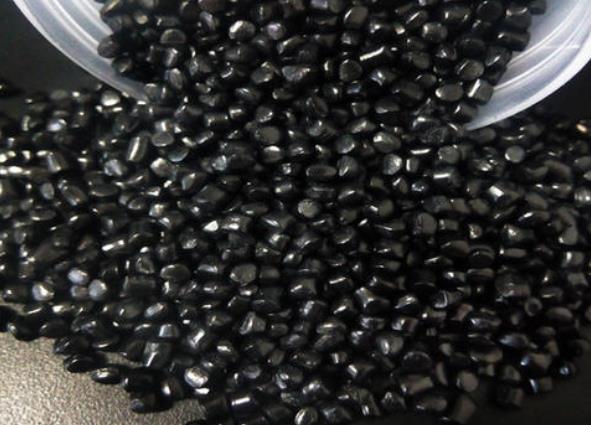The production process of color masterbatch
The production process of color masterbatch
The production process requirements for color masterbatch are very strict, and wet process is generally used. The color masterbatch is made by water phase grinding, phase transformation, water washing, drying, and granulation, only in this way can the product quality be guaranteed.
In addition, while grinding the pigment, a series of tests should also be carried out, such as measuring the fineness of the sand grinding slurry, measuring the dispersibility of the sand grinding slurry, measuring the solid content of the sand grinding slurry, and measuring the fineness of the color slurry. Click on the bottom left corner to read the original text and purchase EC5011A breathable adhesive particles with just one click!
There are four methods for the production process of color masterbatch:
1 Ink method
As the name suggests, it is the production method of using ink paste in the production of color masterbatch, which involves three rolls of grinding to coat a low molecular weight maintenance layer on the surface of the pigment. After grinding, the fine color paste is mixed with the carrier resin, then plasticized through a two roll plastic mixer (also known as a double roll open mill), and finally granulated through a single screw or double screw extruder.

2. Scouring method
Pigments, water, and dispersants are ground by sand to reduce pigment particles to less than 1 μ m. And through the phase transfer method, the pigment is transferred into the oil phase, and then dried to obtain the color masterbatch. Organic solvents and corresponding solvent recovery devices are required for phase conversion.
3 pinching method
It is the process of mixing pigments with oil-based carriers, using the characteristic of pigment being lipophilic, to wash the pigments from the water phase into the oil phase through kneading. At the same time, the surface of the pigment is coated by an oily carrier to disperse and stabilize the pigment, preventing it from coalescing.
4. Metal soap method
After grinding, the particle size of the pigment reaches 1 μ About m, and add soap solution at a certain temperature to evenly moisten the surface layer of each pigment particle, forming a layer of saponification solution. When the metal salt solution is added, it chemically reacts with the saponification layer on the surface of the pigment to form a maintenance layer of metal soap (magnesium stearate). This ensures that the finely ground pigment particles do not cause flocculation and maintain a certain degree of fineness.
Article source: Taishan conductive mica particles
-
04-11
Taishan conductive PP masterbatch: How to use defoaming masterbatch?
Defoaming masterbatch is suitable for enterprises that use PE and PP recycled plastics for product production. The trace amount of moisture contained in raw materials has a very serious impact on the
-
11-13
Characteristics and uses of conductive masterbatch plastics
Characteristics and uses of conductive masterbatch plastics1、 Characteristics of conductive masterbatch plastics:① Most plastics are lightweight, chemically stable, and will not rust;② Good impact res
-
10-13
What is PP talc powder masterbatch
What is the masterbatch of PP talc powder?PP talc powder masterbatch is a plastic modified filler, mainly composed of talc powder, which is a particle mixed with polymers or other carriers. It is main
-
08-09
Taishan Conductive Cloud Masterbatch Manufacturer Tells You Why to Use Conductive and Anti static Engineering Plastics
1. The fundamental physical properties of static electricity are:(1) Attracting or excluding;(2) There is a potential difference with the earth;(3) Discharge current will occur.These three characteris

